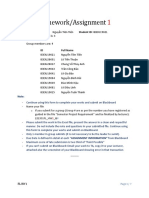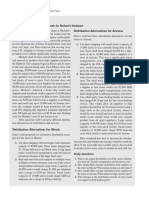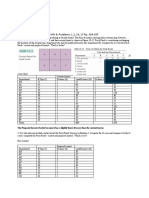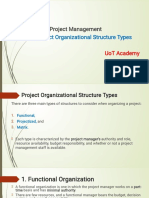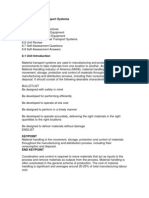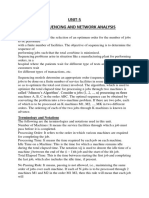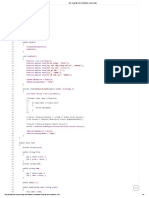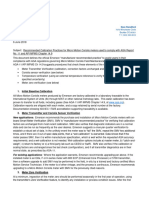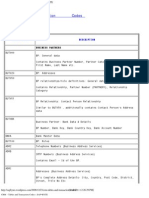0% found this document useful (0 votes)
173 views53 pagesSection 2 - Operations Scheduling
The document discusses operations scheduling, focusing on establishing the timing of equipment, facilities, and human activities in organizations. It outlines types of scheduling, including forward and backward scheduling, as well as key activities such as loading, sequencing, and scheduling. Additionally, it covers various scheduling methods and performance measures, providing examples and comparisons of different rules for job processing.
Uploaded by
adonafek19Copyright
© © All Rights Reserved
We take content rights seriously. If you suspect this is your content, claim it here.
Available Formats
Download as PDF, TXT or read online on Scribd
0% found this document useful (0 votes)
173 views53 pagesSection 2 - Operations Scheduling
The document discusses operations scheduling, focusing on establishing the timing of equipment, facilities, and human activities in organizations. It outlines types of scheduling, including forward and backward scheduling, as well as key activities such as loading, sequencing, and scheduling. Additionally, it covers various scheduling methods and performance measures, providing examples and comparisons of different rules for job processing.
Uploaded by
adonafek19Copyright
© © All Rights Reserved
We take content rights seriously. If you suspect this is your content, claim it here.
Available Formats
Download as PDF, TXT or read online on Scribd
/ 53











